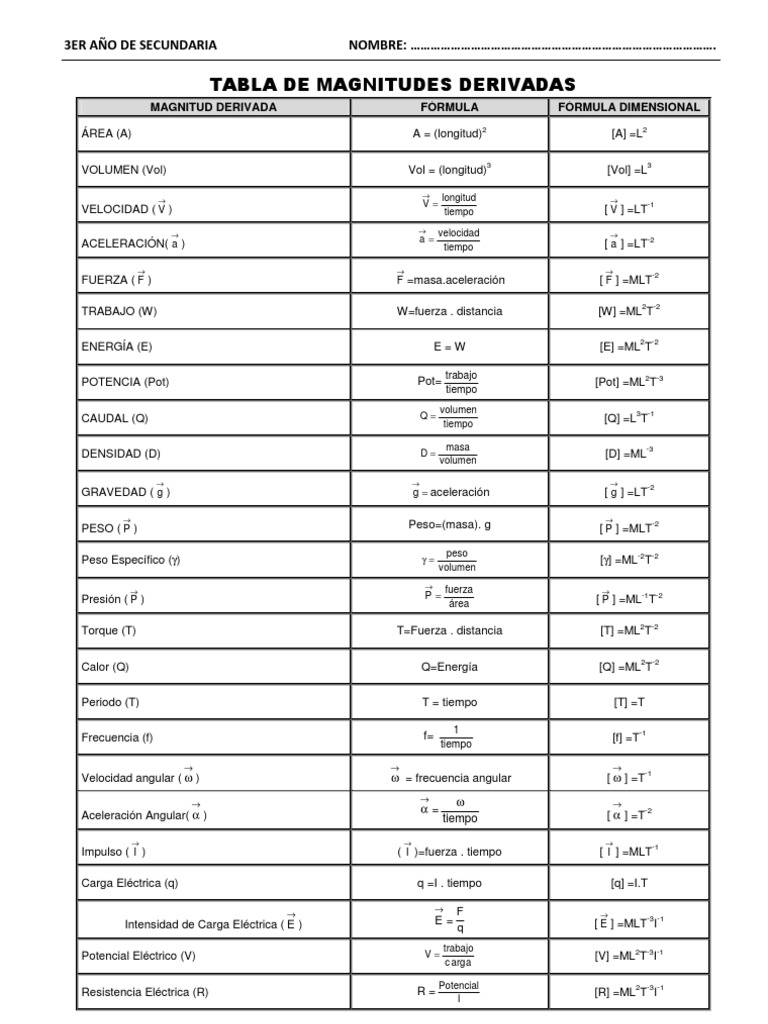Immature Platelet Fraction
Introduction
In the intricate world of hematology, the study of blood components and their functions remains a cornerstone of diagnostic and therapeutic advancements. Among the lesser-known yet critically important parameters is the Immature Platelet Fraction (IPF). While platelets are widely recognized for their role in coagulation, the IPF provides a window into the dynamic processes of platelet production and maturation. This article delves into the significance of IPF, its clinical applications, and its evolving role in modern medicine. Through a blend of technical insights, clinical examples, and future projections, we aim to demystify this parameter and highlight its potential impact on patient care.
Expert Insight: "IPF is not just a laboratory metric; it’s a real-time indicator of bone marrow responsiveness to thrombocytopenia. Its utility spans from chemotherapy monitoring to understanding immune thrombocytopenia." – Dr. Elena Martinez, Hematologist
What is Immature Platelet Fraction (IPF)?
Immature Platelet Fraction refers to the proportion of freshly produced, large platelets in the circulating blood. These immature platelets, also known as reticulated platelets, are released by the bone marrow in response to thrombocytopenia (low platelet count) or other stimuli. Unlike mature platelets, which are smaller and more numerous, immature platelets are larger, more RNA-rich, and have a higher metabolic activity.
IPF is typically measured using flow cytometry or automated hematology analyzers, which detect markers such as RNA content or specific surface antigens. The parameter is expressed as a percentage of the total platelet population.
Key Takeaway: IPF serves as a biomarker of platelet turnover, reflecting the bone marrow’s ability to compensate for platelet loss or increased demand.
Clinical Significance of IPF
The measurement of IPF has transformative implications across various medical conditions. Below are its key applications:
1. Monitoring Chemotherapy-Induced Thrombocytopenia
Chemotherapy often suppresses bone marrow function, leading to thrombocytopenia. IPF can predict the recovery of platelet counts post-chemotherapy. A rising IPF indicates bone marrow recovery, while a persistently low IPF suggests ongoing suppression.
2. Diagnosis and Management of Immune Thrombocytopenia (ITP)
In ITP, the immune system destroys platelets, leading to thrombocytopenia. Elevated IPF levels in ITP patients indicate increased platelet production, which can guide treatment decisions, such as the need for immunosuppressive therapy.
3. Assessing Bone Marrow Function in Hematologic Disorders**
Conditions like aplastic anemia or myelodysplastic syndromes (MDS) impair platelet production. IPF can differentiate between bone marrow failure and peripheral destruction of platelets, aiding in diagnosis and prognosis.
Pros and Cons of IPF Measurement
| Pros | Cons |
|---|---|
| Provides real-time assessment of platelet production | Requires specialized equipment and expertise |
| Helps differentiate causes of thrombocytopenia | Not widely available in all clinical settings |
| Guides treatment decisions in chemotherapy and ITP | Results may vary based on assay methodology |
IPF in Comparative Analysis: Traditional vs. Modern Approaches
Traditionally, thrombocytopenia was assessed using platelet counts and peripheral blood smears. While these methods remain valuable, they lack the ability to discern the underlying cause of low platelet counts. IPF, on the other hand, provides a dynamic view of platelet kinetics.
| Parameter | Traditional Approach | IPF-Based Approach |
|---|---|---|
| Assessment of Platelet Production | Indirect (via bone marrow biopsy) | Direct (measurement of immature platelets) |
| Time to Results | Hours to days | Minutes to hours |
| Clinical Utility | Limited to static data | Dynamic and predictive |
Future Trends: IPF and Personalized Medicine
As medicine moves toward personalized care, IPF is poised to play a pivotal role. Its ability to provide real-time data on platelet production could inform tailored treatments for conditions like ITP, MDS, and chemotherapy-induced thrombocytopenia.
Future Implications: Advances in automation and artificial intelligence may integrate IPF measurements into routine blood tests, making it a standard tool for hematologic assessments.
Case Study: IPF in Chemotherapy Monitoring
A 45-year-old patient with acute myeloid leukemia (AML) underwent induction chemotherapy. Serial IPF measurements were performed alongside platelet counts. Initially, IPF was low (2%), reflecting bone marrow suppression. By day 14 post-chemotherapy, IPF rose to 12%, predicting platelet count recovery within the following week. This real-time data allowed clinicians to avoid unnecessary platelet transfusions.
Myth vs. Reality: Common Misconceptions About IPF
Myth: IPF is only useful in thrombocytopenia.
Reality: While IPF is most valuable in thrombocytopenia, it can also assess platelet production in conditions like essential thrombocythemia, where platelet counts are elevated.
Myth: IPF replaces traditional platelet counts.
Reality: IPF complements platelet counts by providing insights into the underlying mechanisms of platelet production or destruction.
FAQ Section
How is IPF measured?
+IPF is measured using flow cytometry or automated hematology analyzers that detect markers of immature platelets, such as RNA content or surface antigens.
What is a normal IPF range?
+In healthy individuals, IPF typically ranges from 1% to 5%. Elevated levels (>5%) suggest increased platelet production, often seen in thrombocytopenia.
Can IPF predict bleeding risk?
+While IPF reflects platelet production, bleeding risk is determined by both platelet count and function. IPF alone is not a direct predictor of bleeding risk.
Is IPF measurement widely available?
+IPF measurement is available in specialized laboratories and hospitals with advanced hematology analyzers, but it is not yet a standard test in all settings.
Conclusion
Immature Platelet Fraction represents a paradigm shift in the assessment of platelet kinetics, offering dynamic insights into bone marrow function and platelet production. Its applications in chemotherapy monitoring, ITP management, and hematologic disorders underscore its potential to improve patient outcomes. As technology advances, IPF is likely to become an integral part of personalized medicine, transforming the way we diagnose and treat thrombocytopenia and related conditions.
Final Thought: In the ever-evolving landscape of hematology, IPF stands as a testament to the power of innovation in enhancing diagnostic precision and therapeutic decision-making.
